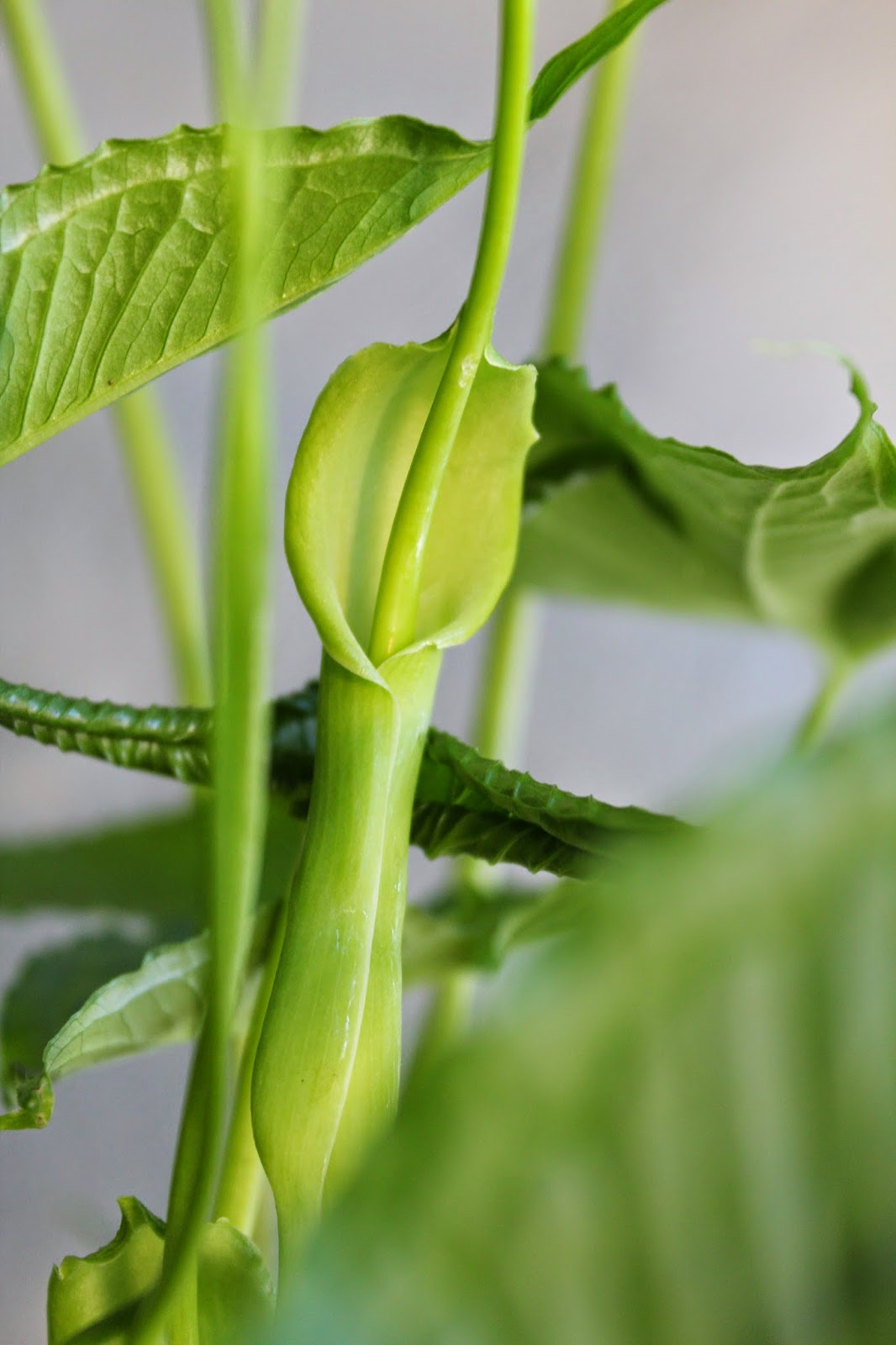Sato-Imo, Japanese taro, Colocasia esculenta
The small corms surrounding a central larger one are called Imonoko or child and grandchild. From September to November in Japan the harvest of various "Imo" is in full swing. It's an autumn thing. So why am I doing it now? because I put the task to the bottom of the 'to do list' and as a result many of the tubers or corms had rotted during the winter months. Though they can tolerate waterlogged soil they hate cold wet feet and stagnant conditions.
Divided clump ready to be planted out.
Taro is not hugely popular in Australia, except in the Pacific Islander community, but in Japan various prefectures may grow different sorts with different shaped corms or textures in the cooked variety; with names such as Ishikawawase, the sticky Dodare to the elongated Kyo Imo.The link at the bottom of the page gives a photo description of the many types.
The other sort I grow is Hasu-Imo or Zuiki which is harvested for the crisp stems .This is Colocasia gigantea.
Those brave enough to eat taro uncooked, as certain Japanese recipes attest, may well experience Egumi, a "mouth feel" consistent with having thousands of microscopic needles stuck into lips, mouth and throat due to the presence of oxalic acid in the raw stems ,leaves and tubers.
Bamboo shoots and Hange tubers (Pinellia ternata) pictured below, also give the sensation of Egumi due to the presence of homogenistic acid, a metabolite of tyrosine, and its 2-glucoside. Budding biochemists can read online the results of experiments by Hasegawa C., Y. Sakamoto and K. Ichihara from 1959 'On the relationship between homogenistic acid and the egumi taste of bamboo shoots and Hange' (Proceedings of the Japan Academy) Among the interesting findings were the observations that soil type and length of time before cooking may affect the presence of these chemicals. Does that apply to other vegetables we eat ? Sweetcorn picked and eaten straight away certainly makes its mark.
'Hange', Pinellia ternata, in flower now
Imo: “Japanese Tubers”-The Varieties and Basic Knowledge | SHIZUOKA GOURMET









































